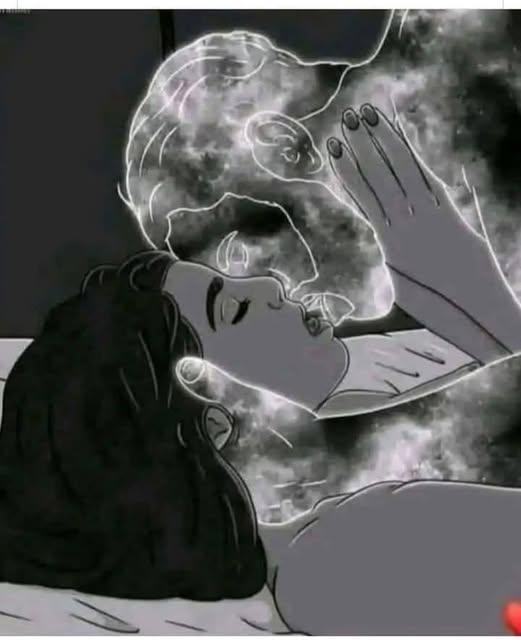Human beings have always been natural storytellers. We tell tales with words, with actions, and often without even realizing it — through the silent but powerful messages our bodies share. Long before photography, cinema, or written records, people carried their history and identity in posture, gesture, and appearance. Even today, when much of communication happens digitally, the body remains a living archive of personal experiences and cultural values.
The stories we carry are not always spoken aloud. They live in smile lines that deepen with laughter, in dimples that appear like inherited signatures of charm, in piercings chosen as acts of identity, and even in the quiet sense of a loved one’s presence after they are gone. Each mark, crease, or adornment becomes a sentence in the autobiography of the self — a reminder that human beings are both the authors and the manuscripts of their lives.
This article explores the many ways our bodies act as storytellers. From the science of wrinkles to the symbolism of dimples, from the cultural history of piercings to the emotional power of memory, we will uncover how identity, spirit, and experience are interwoven into the fabric of human expression.
Smile Lines: The Poetry of Laughter Etched in Skin
Few features capture the passage of time and emotion as vividly as smile lines, also known as nasolabial folds. These creases extend from the sides of the nose to the corners of the mouth, forming naturally as we age. Dermatologists often describe them clinically, pointing to factors like collagen loss, sun exposure, or lifestyle habits. But beyond medical language, smile lines represent something deeper — the visible imprint of a life lived with emotion.
For some people, smile lines appear early, perhaps in their twenties or thirties, influenced by genetics or expressive personalities. Others may not notice them until later in life. Lifestyle plays a crucial role: a person who spends years outdoors without sun protection may see these folds deepen more quickly, while smoking can accelerate their formation by reducing skin elasticity. Conversely, those with fuller cheeks or strong facial bone structure may notice them regardless of age.
Yet while cosmetic industries often market solutions to “erase” or “soften” smile lines, many people prefer to view them as laugh lines — a badge of joy rather than a flaw. Each crease holds a story: a night of uncontrollable laughter with friends, the warmth of a family celebration, or the daily moments when the body couldn’t contain happiness. Instead of hiding these marks, embracing them as symbols of vitality and resilience offers a healthier perspective on aging.
Psychologists note that people who accept their natural expressions often experience greater self-esteem and emotional well-being. A wrinkle, after all, is rarely just a wrinkle. It is evidence of joy remembered and love expressed. To dismiss it as a defect is to overlook the poetry it writes across the skin.
